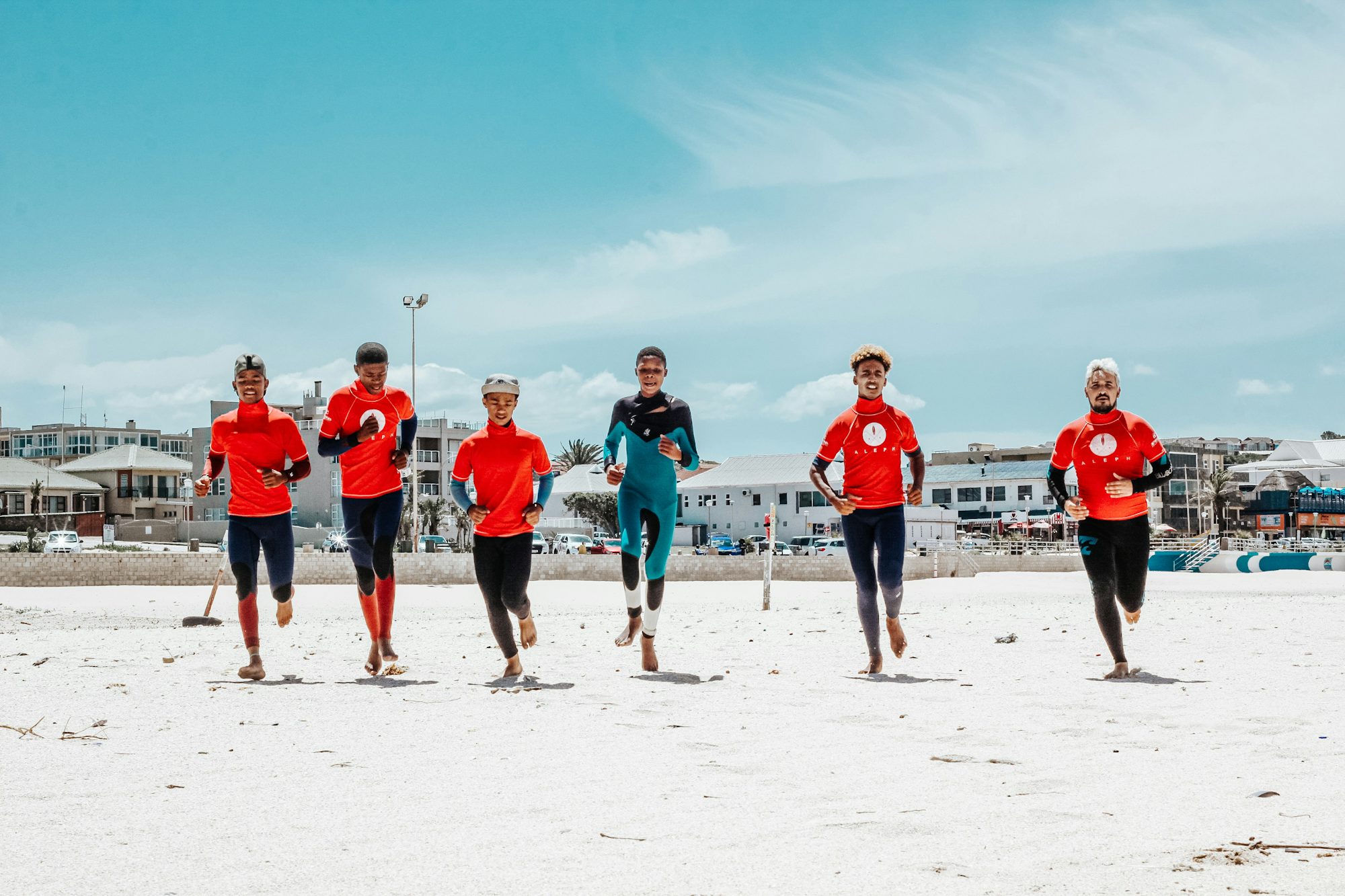The Joy of Dance Fitness: Moving Your Way to Health and Happiness
This article explores the benefits of dance fitness, highlighting how it combines fun with fitness effective workouts, promotes community, and enhances overall well-being.
Dance fitness encompasses a range of workout styles that incorporate dance movements and rhythms into structured exercise routines. Popular formats include Zumba, hip-hop dance classes, and dance aerobics, each offering unique styles and tempos. Regardless of the specific format, the common thread is that dance fitness allows participants to express themselves while moving to music, making it a fun and engaging way to break a sweat.
One of the most significant benefits of dance fitness is its ability to provide a full-body workout while keeping participants engaged. Unlike traditional gym exercises that may feel repetitive, dance fitness routines often incorporate a variety of movements that engage multiple muscle groups. From shimmying and twirling to lunging and squatting, these dynamic movements help improve cardiovascular endurance, strength, and flexibility. This variety not only makes workouts more enjoyable but also challenges the body in different ways, promoting overall fitness and reducing the risk of plateauing.
Moreover, dance fitness is a fantastic way to boost cardiovascular health. The energetic nature of dance keeps the heart rate elevated, providing an effective cardiovascular workout that can improve heart health over time. Many dance fitness classes involve high-intensity intervals, allowing participants to experience bursts of energy followed by short recovery periods. This structure mirrors the principles of High-Intensity Interval Training (HIIT), making dance fitness an efficient way to burn calories and enhance stamina.
Another remarkable aspect of dance fitness is its positive impact on mental health. Engaging in physical activity releases endorphins, the body’s natural mood lifters, which can help alleviate stress, anxiety, and even symptoms of depression. Dance fitness encourages participants to immerse themselves in the music and movement, allowing for a mental escape from daily stresses. The rhythmic patterns and expressive nature of dance can create a sense of joy and liberation, leaving participants feeling invigorated and happy after each class.
The social aspect of dance fitness cannot be overlooked either. Group classes foster a sense of community, where participants come together to share in the joy of movement. This camaraderie can enhance motivation and accountability, making individuals more likely to attend classes regularly. Instructors often create a welcoming environment that encourages participants to support one another, building friendships and connections that extend beyond the dance floor. This community aspect can be particularly beneficial for those who may feel isolated or are looking for ways to meet new people.
Dance fitness also provides a wonderful outlet for self-expression. Many people find that dancing allows them to connect with their emotions and express themselves creatively. This freedom to move without judgment can foster a greater sense of confidence and body positivity. As participants learn new dance styles and techniques, they often develop a deeper appreciation for their bodies and their capabilities, further enhancing their overall self-esteem.
For those interested in trying dance fitness, there are several approaches to getting started. Here are some practical tips to help you on your journey:
1. Choose Your Style: Explore different dance fitness classes to find one that resonates with you. Whether it’s Zumba, hip-hop, or a dance cardio class, experimenting with various styles can help you discover what you enjoy most.
2. Find a Class: Look fitness for local gyms, community centers, or dance studios that offer dance fitness classes. Many places provide introductory sessions, allowing you to try a class before committing.
3. Dress Comfortably: Wear comfortable, breathable clothing that allows for movement. Proper footwear is also essential; opt for supportive athletic shoes that provide stability and cushioning.
4. Embrace the Learning Curve: Don’t be discouraged if you find some movements challenging at first. Dance fitness is about enjoyment and progress, so give yourself time to learn and grow.
5. Engage with the Community: Take advantage of the social aspect by connecting with fellow participants. Engage in conversations, attend events, and support one another’s fitness journeys.
6. Make It a Routine: Incorporate dance fitness into your weekly schedule. Aim for consistency, as regular participation will lead to increased fitness levels and greater enjoyment.
7. Have Fun: Ultimately, the goal of dance fitness is to enjoy yourself. Let loose, move to the music, and focus on the joy of dancing rather than perfection.
In conclusion, dance fitness offers an exciting and effective way to improve physical health, boost mental well-being, and foster community connections. By combining the joy of dance with structured workouts, participants can experience a comprehensive fitness journey that transcends traditional exercise. Whether you’re looking to lose weight, increase cardiovascular endurance, or simply have fun, dance fitness provides a welcoming environment where everyone can thrive.
So put on your dancing shoes, turn up the music, and let the rhythm move you. Embrace the joy of dance fitness, and discover the transformative power of moving your body to the beat. With each step, you’ll not only enhance your physical fitness but also elevate your spirit and well-being.